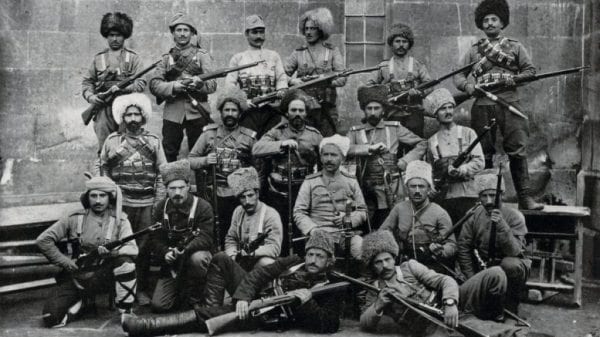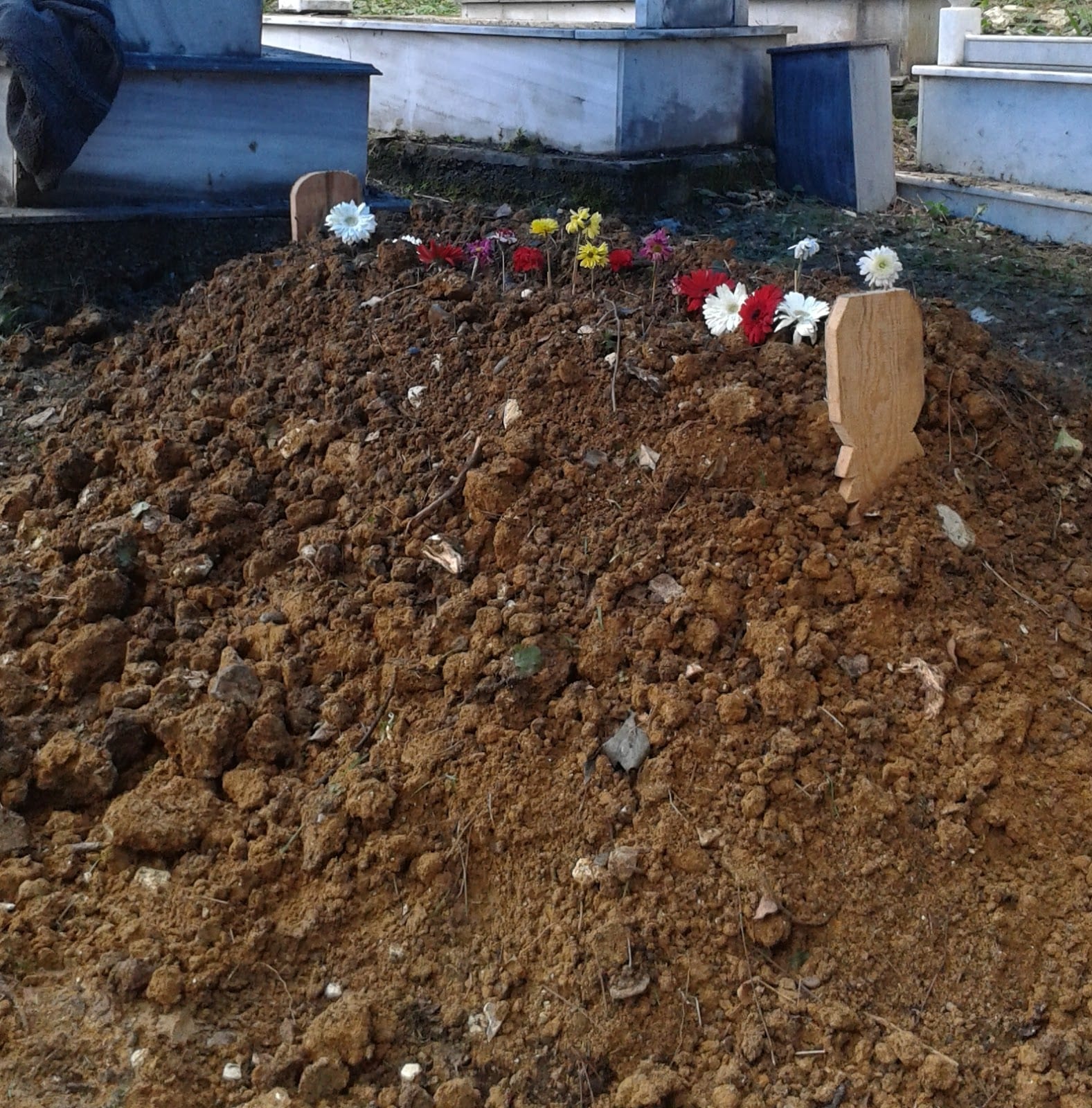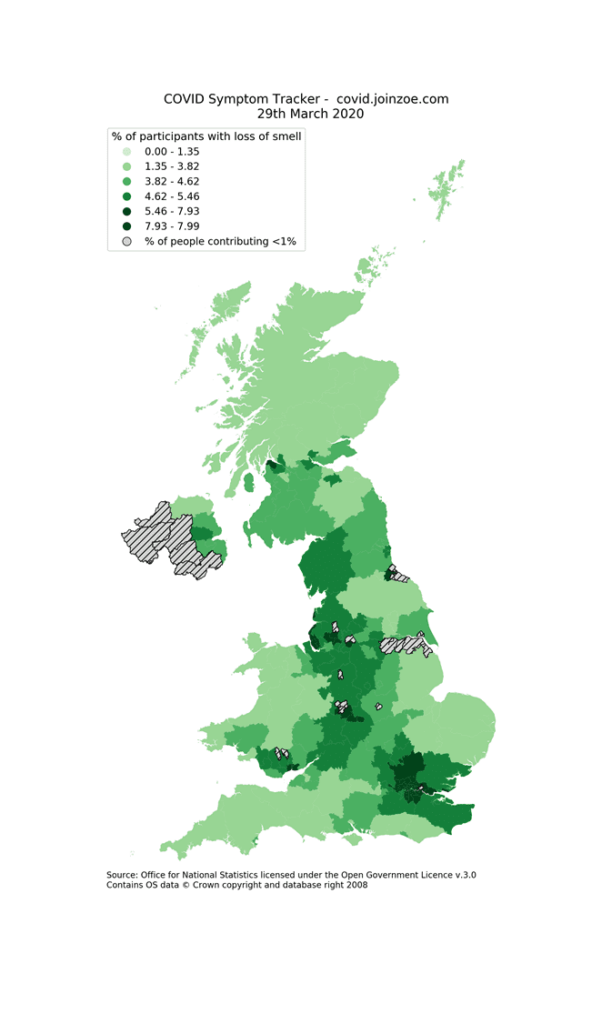Pulat Tacar [mailto:tacarps@gmail.com]
Sources sur la question arménienne
mercredi 22 avril 2020
La nature contre-insurrectionnelle du déplacement forcé d’Arméniens ottomans en 1915
Lettre de l’ambassadeur de Russie à Paris à son ministre, 13 mars 1913, reproduite dans René Marchand (éd.), Un livre noir. Diplomatie d’avant-guerre d’après les documents des archives russes, novembre 1910-juillet 1914, Paris, Librairie du travail, 1923, tome II, p. 47 :
« En cette affaire, les Arméniens [nationalistes] mettent toutes leurs espérances dans la puissante assistance de la Russie et ont la ferme intention de suivre en toutes choses les indications du gouvernement russe. »
Discours prononcé par M. Bérézosvky-Olghinsky (considéré comme un agent provocateur tsariste par l’ambassadeur de France à İstanbul), le 7 avril 1913, à un banquet qui lui a été offert par des jeunes à Arméniens, à Bitlis (Anatolie orientale), Archives du ministère des Affaires étrangères, La Courneuve, microfilm P 16744 :
« Vous savez bien sans doute que tous nos représentants dans la Turquie travaillent conjointement avec les Tachnakistes [Fédération révolutionnaire arménienne], par exemple à Van, Erzéroum [Erzurum], Bayazid, etc. […]
N’entendez pas les promesses vagues de l’Angleterre, de la France et de l’Allemagne, qui vous font peut-être entendre beaucoup de choses par les missionnaires. La Russie ne veut, et n’a jamais voulu vous envoyer de missionnaires : elle préfère vous envoyer ses canons et ses soldats plutôt que des missionnaires. »
Le vice-consul britannique à Van, Ian Smith, à Sir Louis Mallet, ambassadeur à İstanbul, 10 janvier 1914, reproduit dans Muammer Demirel (éd.), British Documents on Armenians (1896-1918), Ankara, Yeni Türkiye, 2002, pp. 635-636 :
« Comme le sait Votre Excellence, ces trois partis [Fédération révolutionnaire arménienne, Hintchak et Armenakan/Ramkavar] se sont accordés, à Van, il y a six mois, pour mettre un terme à leurs divergences afin de traiter toutes les affaires concernant les intérêts généraux du Millet [de la communauté arménienne]. L’influence du parti Dachnakiste [la Fédération révolutionnaire arménienne], cependant, dépasse largement celle des deux autres, eu égard sa politique plus active et plus extrême. Il est bien organisé, dispose de revenus réguliers et apparemment considérables, qui lui viennent des souscriptions et il a ses agents à travers les villages arméniens du vilayet qui travaillent pour le parti et restent en contact avec le comité central de Van. Durant les dernières années, ce parti s’est activement occupé d’importer secrètement des armes de les distribuer parmi ses adhérents et partisans. Les pistolets Mauser sont leur arme favorite ; ils se cachent et [donc] s’importent facilement et ils peuvent être utilisés comme une carabine, leur tir ayant une portée qui va jusqu’à mille mètres. J’ai vu des Arméniens portant ouvertement ces armes dans le pays ; et bien que je n’aie pas vu de pistolets ou de fusils dans les quelques villages que j’ai eu l’opportunité de visiter, bon nombre de leurs habitants montraient par leur connaissance des différents types d’arme à feu qu’ils s’étaient familiarisés avec eux. À Van, on dit que les Arméniens sont maintenant mieux armés que les Kurdes, et il ne fait aucun doute qu’ils ont obtenu de nombreuses armes modernes, en sus des quelques vieux Martinis que le gouvernement [ottoman] a distribué dans chaque village. »
Carte de la province de Van en 1914. Source : Justin McCarthy, Esat Arslan, Cemaletti Taşkıran et Ömer Turan, The Armenian Rebellion at Van, Salt Lake City, University of Utah Press, 2006, p. 4.
Hovannès Katchaznouni (dirigeant de la Fédération révolutionnaire arménienne jusqu’en 1923, Premier ministre de la République d’Arménie de 1918 à 1919), The Armenian Revolutionary Federation Has Nothing to Do Anymore, New York, Armenian Information Service, 1955, pp. 5-6 (discours prononcé devant le congrès de la Fédération révolutionnaire arménienne à Bucharest, en avril 1923) :
« Alors même que la Turquie n’était pas encore entrée en guerre — bien qu’elle en commençât les préparatifs — des groupes de volontaires arméniens se formèrent [à partir d’août-septembre 1914], avec beaucoup de zèle. Malgré la résolution prise par le comité central à Erzurum, quelques semaines plus tôt [en août], la Fédération révolutionnaire arménienne contribua de façon active à la mise en place de ces groupes, et en particulier à leur armement, contre la Turquie. […]
À l’automne 1914, des bandes de volontaires arméniens s’organisèrent, et combattirent contre les Turcs, parce qu’ils [ses membres] ne pouvaient pas s’en empêcher. Ce fut le résultat inévitable de la mentalité que le peuple arménien avait lui-même développée pendant toute une génération : cette mentalité avait trouvé son aboutissement et s’exprimait.
Si la formation des bandes fut une erreur, les origines de cette erreur doivent être cherchées beaucoup plus loin dans le passé. À présent, il est important de noter seulement cette évidence que nous [Fédération révolutionnaire arménienne-Dachnaktsoutioune, FRA-Dachnak] avons participé à ce mouvement de volontaires de la façon la plus large, en contradiction avec ce qui avait été décidé lors du congrès du parti. »
« Le nouveau gouverneur de Van », Le Temps, 13 août 1915, p. 2 :
« Les autorités russes du Caucase viennent de prendre une mesure qui aura une heureuse répercussion dans tous les milieux arméniens elles ont nommé au gouvernement du vilayet de Van le chef révolutionnaire bien connu Aram Manoukian. Né à Schouscha, dans 12 Caucase, vers 1877, ce dernier est une des figures les plus originales de ces régions si peu connues. Après des études secondaires dans l’école arménienne, au lieu de prendre le chemin de l’université, Aram prit celui des montagnes de Van, où il devint bientôt chef de bande. Ce fut longtemps la terreur des Turcs, et ses exploits tiennent de la légende. Arrêté enfin, en 1908, avec sa bande, il fut condamné à mort. La potence était déjà dressée; Aram et ses compagnons s’avancèrent fièrement au milieu d’une foule immense, quand l’annonce de la proclamation de la Constitution turque arriva. La population se précipita sur les soldats et leur arracha les condamnés.
Alors. Aram changea de vie et s’adonna à l’enseignement. Professeur à l’école d’Ordou, il devint bientôt directeur des écoles de la région d’Aghtamar, fonda des bibliothèques populaires et des salles de lecture. La guerre vint le surprendre dans ces paisibles occupations il reprit les armes et se mit à la tête des insurgés de Van qui se sont emparés de cette ville. La Russie, en le nommant gouverneur de cette province, a voulu donner satisfaction à l’élément arménien, dont la collaboration fut si précieuse dans la lutte contre les Turcs. »
Gaston Gaillard (journaliste), Les Turcs et l’Europe, Paris, Chapelot, 1920, p. 283 :
« Après la prise de Van, les Arméniens offraient un banquet au général Nicolaïef, commandant en chef de l’armée russe du Caucase, et celui-ci, dans le discours qu’il prononçait à cette occasion, déclarait : “Depuis 1626, les Russes ont toujours travaillé à délivrer l’Arménie, mais les circonstances politiques les ont empêché de réussir. Aujourd’hui que le groupement des nations s’est radicalement modifié, on peut espérer que la libération des Arméniens s’accomplira.” Aram Manoukian, dit Aram Pacha, que le général Nicolaïef nommait peu après gouverneur provisoire de Van, lui répondait : “Lorsqu’il y a un mois nous nous sommes soulevés, nous comptions sur l’arrivée des Russes. Notre position était très périlleuse. Nous devions ou nous rendre ou mourir. Nous avons préféré mourir, mais, à un moment inattendu, vous êtes accouru à notre secours.” (1)
(1) Hayassdan du 6 juillet 1915, n° 25. »
Jean Schlicklin (correspondant du Petit Parisien en Turquie), Angora. L’aube de la Turquie nouvelle, Paris, Berger-Levrault, 1922, p. 143 :
« Ainsi, les Turcs avaient affaire, non seulement à un ennemi extérieur puissant, mais à un ennemi intérieur organisé. Le front ottoman de l’est contre les armées du grand-duc Nicolas était déjà terriblement difficile à tenir. On se souvient qu’en 1897, M. Zinovieff, ambassadeur de Russie à Constantinople, avait signé avec la Sublime Porte un accord aux termes duquel aucune puissance étrangère, sauf la Turquie, n’avait le droit de construire des chemins de fer dans les régions limitrophes du Caucase. Cela équivalait à empêcher la Turquie, du moins pendant de longues années, d’organiser ces régions. »
Communication de l’ambassade de Russie à Paris au ministère des Affaires étrangères, le 23 février 1915, reproduite dans Arthur Beylerian (éd.), Les Grandes Puissances, l’Empire ottoman et les Arméniens dans les archives françaises (1914-1918), Paris, 1983, p. 7 :
« Le commandant en chef de l’armée [russe] du Caucase télégraphie à Petrograd qu’un représentant des Arméniens de Zeïtoun [Süleymaniye], arrivé à l’État-major de l’armée, a déclaré que près de 15 000 Arméniens étaient disposés à attaquer les communications turques, mais qu’ils manquaient de fusils et de munitions. Zeïtoun étant situé sur la ligne des communications de l’armée Erzeroum, il serait extrêmement désirable de faire diriger la quantité nécessaire de fusils et de munitions sur Alexandrette [İskenderun], où les Arméniens prendraient livraison. L’action projetée des Arméniens de Zeïtoun étant dans l’intérêt commun des pays de l’Entente, il serait peut-être possible, étant donné l’urgence de la situation et l’impossibilité d’introduire des armes directement de Russie, d’obtenir de la part des gouvernements français et anglais l’envoi des fusils et cartouches susmentionnés dans le port d’Alexandrette, à bord de transports français ou anglais.
Les ambassadeurs de Russie à Paris et à Londres sont chargés de s’enquérir du sentiment des deux cabinets alliés au sujet des suggestions ci-dessus exposées et M. Isvolsky serait en conséquence vivement obligé à Son Excellence Monsieur Delcassé de vouloir bien lui faire connaître le point de vue du gouvernement de la République à cet égard. »
Comité de la défense nationale arménienne, Note sur une opération militaire en Cilicie, 24 juillet 1915, reproduite dans Jean-Claude Montant (éd.), Documents diplomatiques français. 1915, tome III, 15 septembre – 21 décembre, Berne, Peter Lang, 2004, p. 98 :
« Comme suite à notre note en date du 20 juillet et sur la demande de Son Excellence sir John Maxwell, commandant en chef des forces de Sa Majesté en Égypte, nous avons l’honneur de résumer ci-après le plan d’action du Comité de la défense nationale arménienne.
Cette action se trouve réduite à une petite opération militaire et pourrait donner des résultats satisfaisants, en attendant que la demande de notre président, Son Excellence Boghos Nubar, relative à un débarquement sur les côtes de la Cilicie, puisse être accueillie en temps plus opportun. Qu’il nous soit cependant permis d’ajouter que ce débarquement n’aurait nécessité que l’emploi d’une force de 10 à 12 000 soldats alliés pour assurer : l’occupation d’Alexandrette [İskenderun], Mersine [Mersin] et Adana (avec les défilés), la jonction d’un corps de volontaires arméniens (10 000 environ) ainsi que le concours effectif de toute la population arménienne de cette région ; car dans une pareille éventualité, nous pourrions compter sur l’appui de 25 000 insurgés arméniens de la Cilicie et de 15 000 insurgés qui accourraient des provinces avoisinantes. Cette force considérable, de 50 000 au moins, réussirait à avancer au-delà même des frontières ciliciennes et constituerait certaine un important facteur pour kes Alliés [la Triple-Entente : Russie, Royaume-Uni, France]. Nous croyons faire une simple affirmation, maintes fois constatée, que en disant qu’en Turquie seules les populations arméniennes de l’Arménie [Anatolie orientale] et de la Cilicie [région d’Adana] ont des tendances insurrectionnelles très accentuées contre le régime turc. »
Edward J. Erickson, introduction à Edward J. Erickson (dir.), A Global History of Relocation in Counter-Insurgency Warfare, Londres-New York, Bloomsbury, 2019, pp. 4-5 :
« À l’aube du XXe siècle, les politiques contre-insurrectionnelles fondées sur l’évacuation contrainte et délibérée de populations civiles par des États émergèrent comme des pratiques viables et acceptables dans la guerre occidentale. Trois conflits, en particulier, constituèrent d’importants précédents pour le monde occidental pour la réponse face à des guérillas et des insurgés irréguliers. Ces guerres impliquèrent l’Espagne à Cuba (1895-1898), les États-Unis aux Philippines (1899-1902) [dans les deux cas contre les indépendantistes locaux] et la Grande-Bretagne en Afrique du Sud (1899-1902) [contre la guérilla des Boers, c’est-à-dire les descendants de Néerlandais]. Toutes trois virent évoluer des pratiques similaires, en termes stratégiques, opérationnels et tactiques, par les puissances occidentales. Au niveau stratégique, les puissances cherchaient la destruction des forces d’insurrection et de guérilla pour mettre fin aux soulèvements et, dans le cas des Boers, mettre fin à une guerre conventionnelle qui était entrée dans une phase de guérilla. En termes opérationnels, les puissances avaient pour principal dessein de séparer les guérilleros de leurs principales sources de soutien, c’est-à-dire les populations civiles favorables et ainsi de s’assurer la défaite des forces irrégulières, affaiblies par ce moyen. […] À divers degrés, ces campagnes furent des succès.
La réinstallation comme stratégie et comme approche opérationnelle réapparut sous des formes variées durant les soixante-dix années suivantes. »
Maxime Gauin, « Uneven Repression: The Ottoman State and its Armenians », ibid., p. 123 :
« Le nombre total des insurgés arméniens demeure inconnu à ce jour, mais il peut être estimé à 25 000 à Van, selon l’ambassadeur étasunien Henry Morgenthau qui était loin d’être un ami des Turcs, et qui était encore moins un ennemi des Arméniens. Un dirigeant nationaliste arménien [Aram Turabian], qui était en contact direct avec ses homologues du Caucase, a donné comme estimation 30 000 pour la province de Bitlis. Comme il a déjà été expliqué, il semble y avoir eu 15 000 rebelles à Sivas, 15 000 à Zeytun et 25 000 dans la région de Çukurova. Ces chiffres ne tiennent pas compte des insurgés de Buras, Urfa et d’autres endroits où la population arménienne était forte. Dans ces conditions, et tant qu’une investigation systématique n’est pas menée dans les archives ottomanes et russes, 100 000 rebelles (sans compter les volontaires de l’armée russe) est une estimation prudente. Si ce n’était certainement pas la majorité de la population arménienne ottomane, c’était un chiffre énorme pour une armée qui se battait déjà sur plusieurs fronts. »
Lire aussi :
Nationalisme arménien et nationalisme assyrien : insurrections et massacres de civils musulmans
Les nationalistes arméniens, des idiots-utiles de l’expansionnisme russo-tsariste
Les massacres de musulmans et de juifs anatoliens par les nationalistes arméniens (1914-1918)
L’évacuation meurtrière de 300.000 Arméniens d’Anatolie par l’armée russe et les nationalistes arméniens
à avril 22, 2020
Envoyer par e-mailBlogThis!Partager sur TwitterPartager sur FacebookPartager sur Pinterest
Aucun commentaire:
Enregistrer un commentaire
Article plus récentArticle plus ancienAccueil
Inscription à : Publier les commentaires (Atom)
Avril 2001 : le boucher d’Orly libéré après le vote de la loi inconstitutionnelle « portant reconnaissance du génocide arménien »
Radio Free Europe / Radio Liberty, « Newsline » , 7 mai 2001 : « LE PREMIER MINISTRE ARMÉNIEN RENCONTRE UN MEMBRE LIBÉRÉ DE L’ASAL…
Textes les plus consultés
·
Les massacres de musulmans et de juifs anatoliens par les nationalistes arméniens (1914-1918)
Témoignage d’ İbrahim Sargın (né en 1903) sur le massacre de Zeve (février 1915) à la télévision publique turque, dans les années …
·
L’hostilité de l’opinion française (presse, Parlement) au traité de Sèvres (Grande Arménie incluse)
Quelques mots de contexte : le traité de Sèvres, supposé faire la paix avec l’Empire ottoman (lequel n’était déjà plus qu’une fictio…
·
Turcs, Arméniens : les violences et souffrances de guerre vues par des Français
Édouard Bernier (correspondant à İ stanbul), « La Turquie et la paix — La question arménienne » , L’Europe nouvelle , 29 novembre 19…
·
La vision communiste du conflit turco-arménien (avant le tournant turcophobe imposé par Staline)
Octave Dumoulin, « Syrie et Cilicie » , L’Humanité , 5 octobre 1922, p. 4 : « Lorsque les troupes françaises envahirent la Cilicie…
·
Patrick Devedjian (1944-2020) : un soutien constant pour le terrorisme antifrançais et antiturc
Patrick Devedjian, plaidoirie en défense pour Mardiros Jamgotchian, terroriste l’Armée secrète arménienne pour la libération d…
Rechercher dans ce blog
Suivre par courriel / Follow by Email
· Accueil
Qui êtes-vous ?
Maxime Gauin
« Il fallait faire de l’arménophilie au point de vue humanitaire, mais il fallait se garder de tomber dans l’arménophilie politique. » Note de M. [Charles] Escande [ancien secrétaire général de l’administration française d’Adana], mars 1921, Archives du ministère des Affaires étrangères, La Courneuve, microfilm P 16675.
Afficher mon profil complet
Liens externes
· Maxime Gauin (Academia.edu)
· Blog arménologie
· Center for Eurasian Studies
· Armenian Issue
· Bleu Blanc Turc
Signaler un abus
|
Archives du blog
· ▼ 2020 (22)
o ▼ avril 2020 (19)
§ Avril 2001 : le boucher d’Orly libéré après le vot…
§ La nature contre-insurrectionnelle du déplacement …
§ Florilège des manipulations de sources dont s’est …
§ Nationalisme arménien et nationalisme assyrien : i…
§ Les massacres de musulmans et de juifs anatoliens …
§ Soutien du nationalisme arménien, Michel Onfray dé…
§ Turcs, Arméniens : les violences et souffrances de…
§ L’ingratitude de Vahan Cardashian envers les missi…
§ 1920-1921 : l’irréductible conflit des points de v…
§ L’hostilité de l’opinion française (presse, Parlem…
§ L’évolution et les remords de James Barton
§ La vision communiste du conflit turco-arménien (av…
§ Une billevesée de Sévane Garibian sur la « loi » d…
§ Question prioritaire de constitutionnalité déposée…
§ Paul de Rémusat (alias Paul du Véou) : un tenant d…
§ Le loyalisme constant de Manuk Azaryan envers les …
§ Le soutien public d’Henri Rollin (officier de rens…
§ Paul Chack : d’un conservatisme républicain, philo…
§ Maurice Barrès : de l’antisémite arménophile au ph…
o ► mars 2020 (3)
· ► 2018 (3)
Thème Simple. Fourni par Blogger.





























